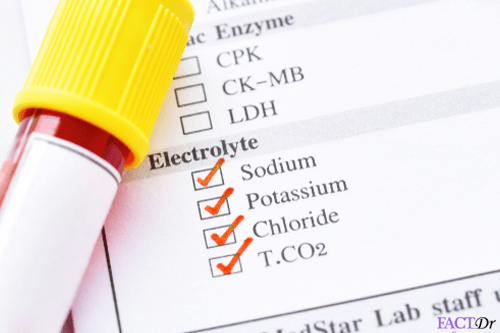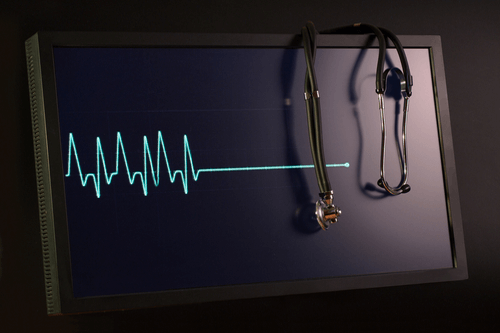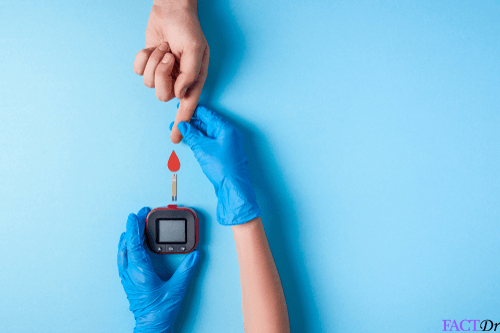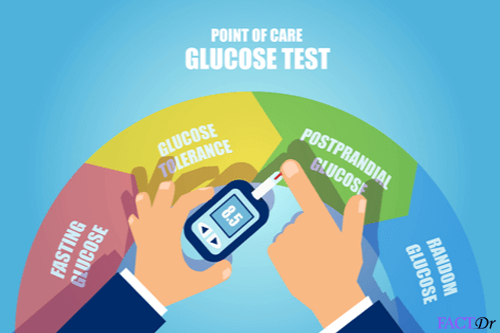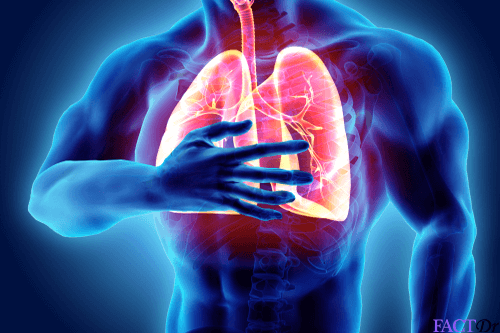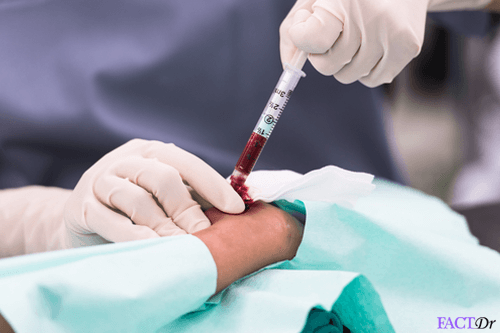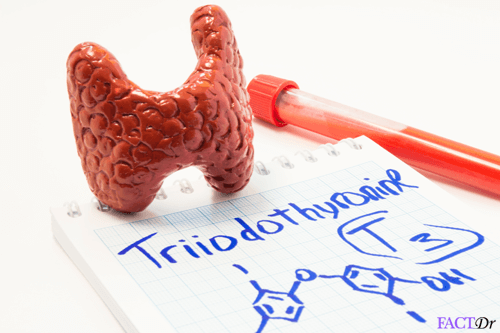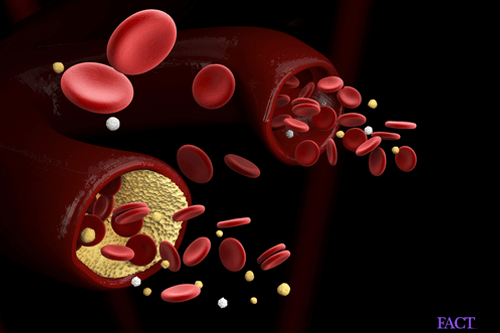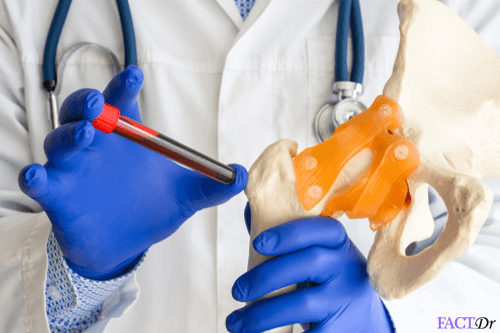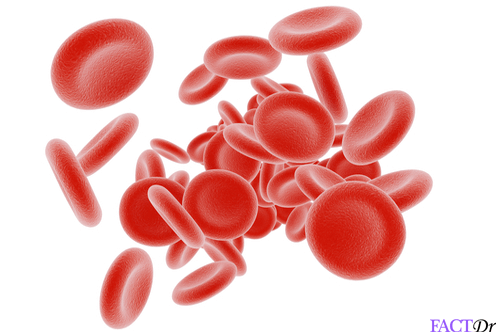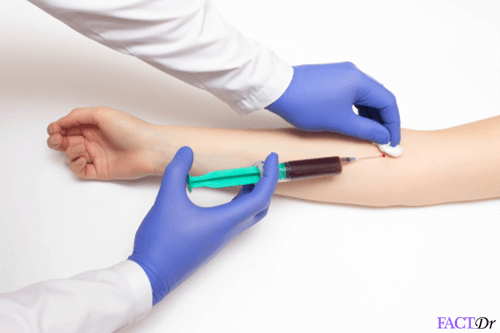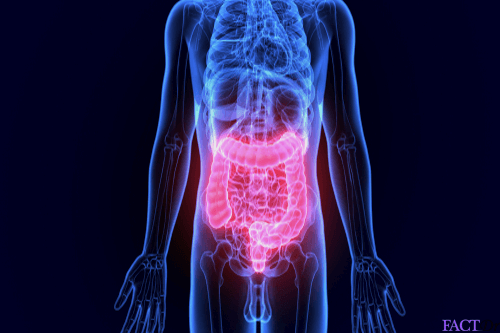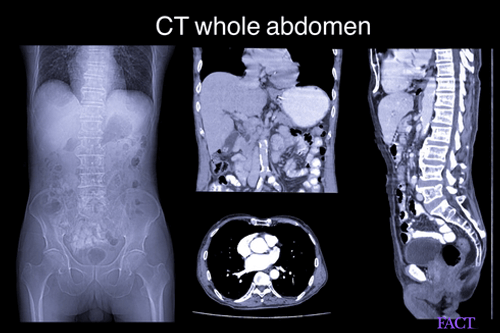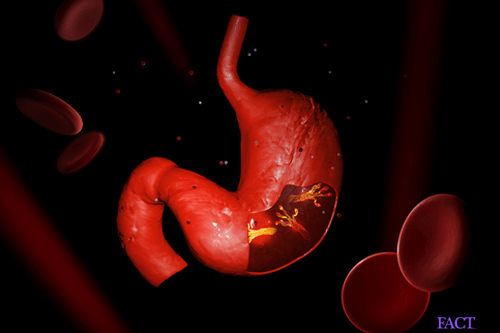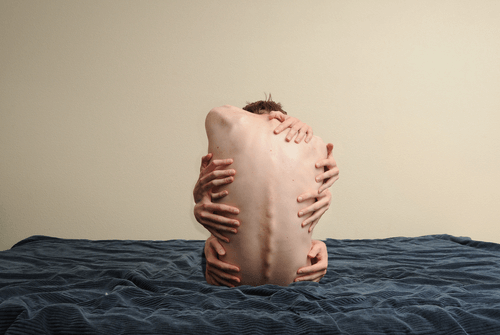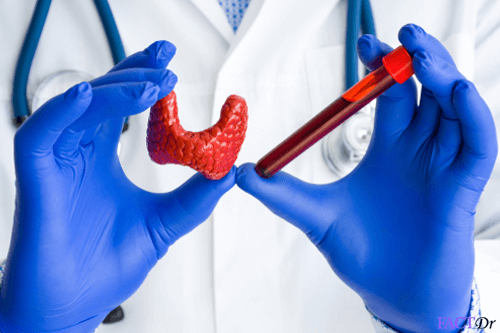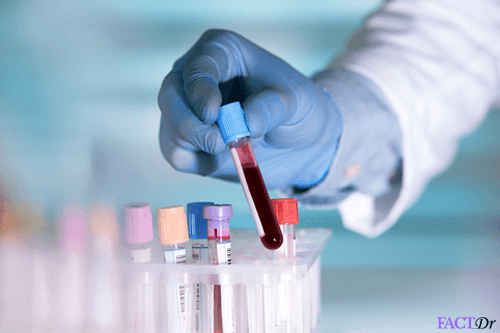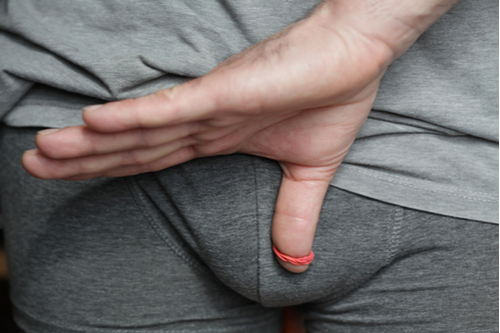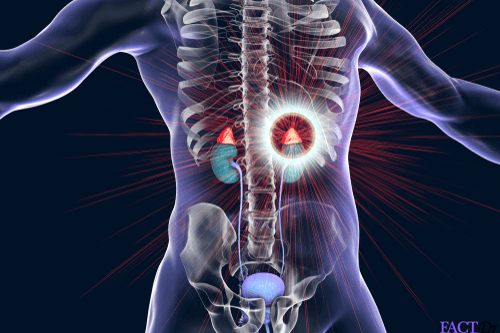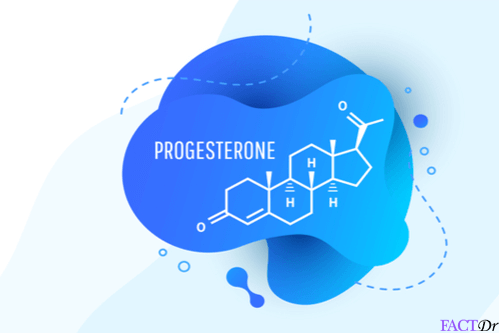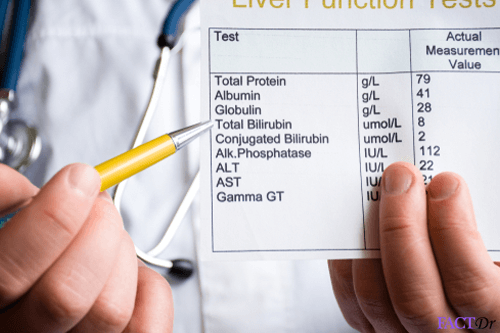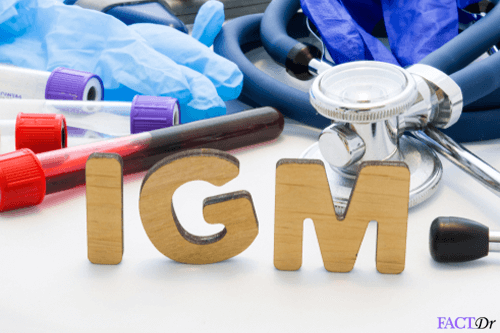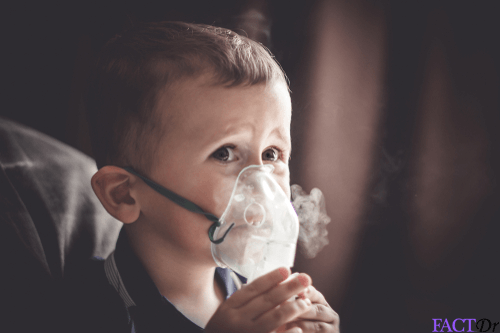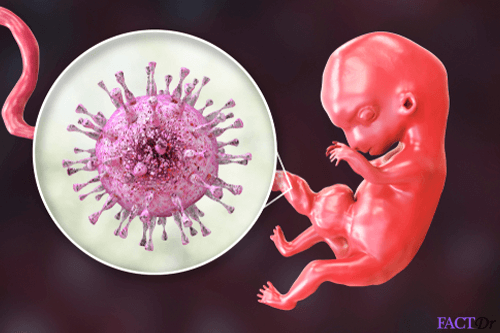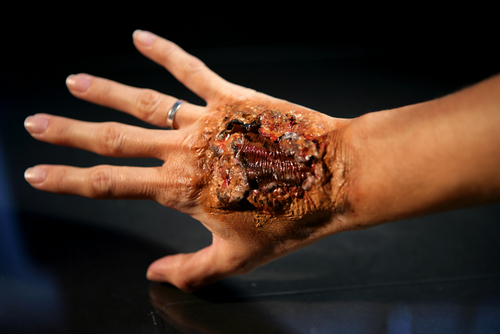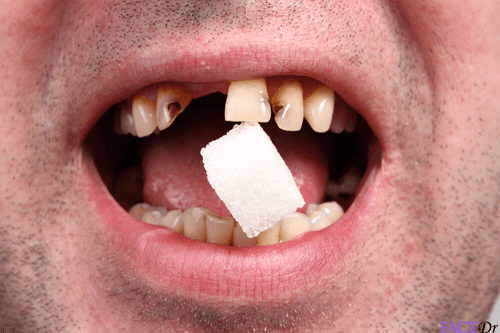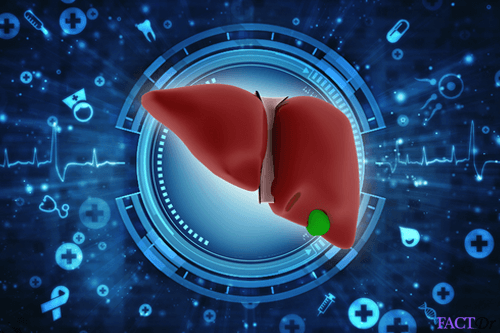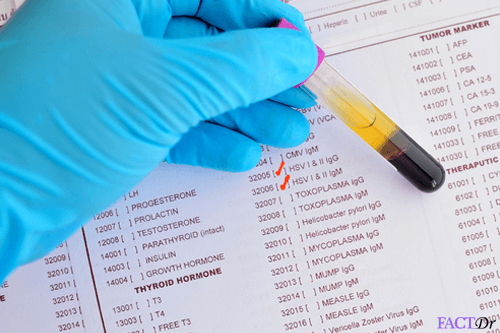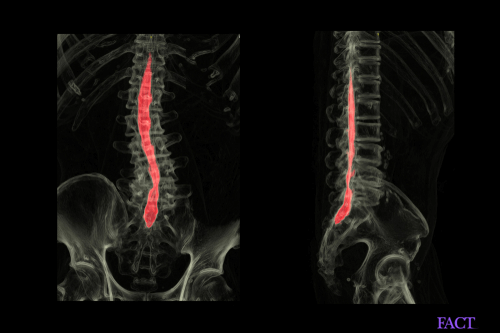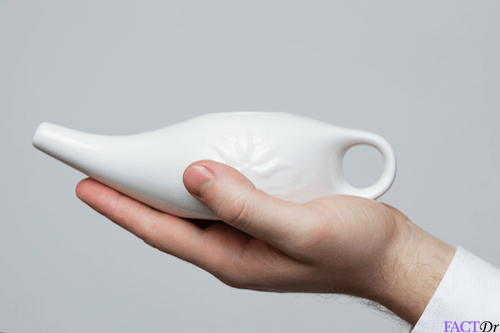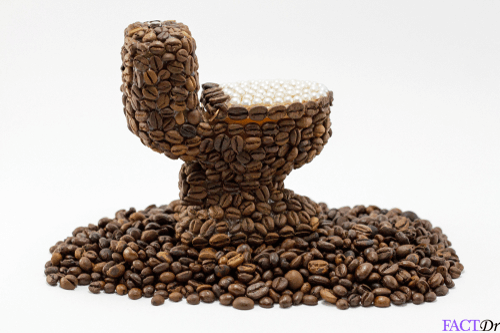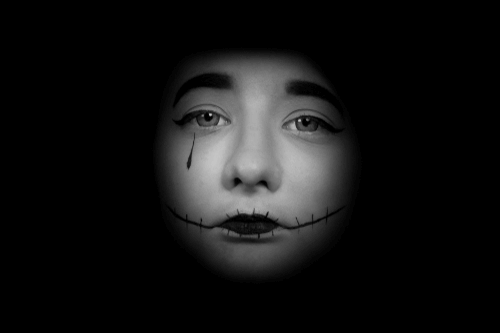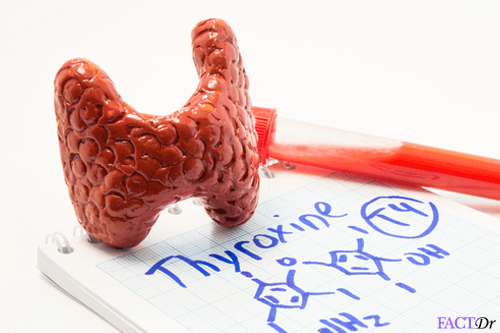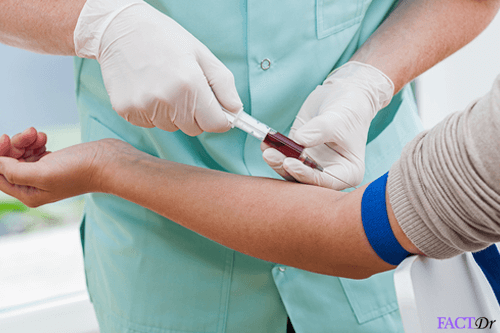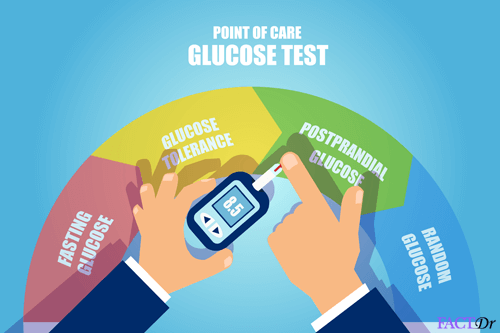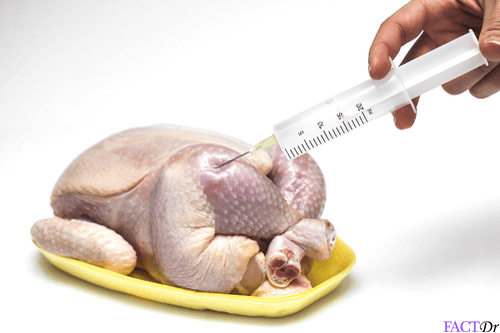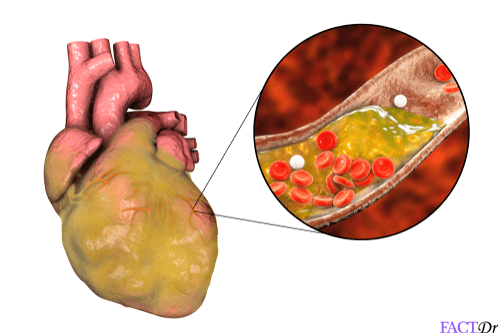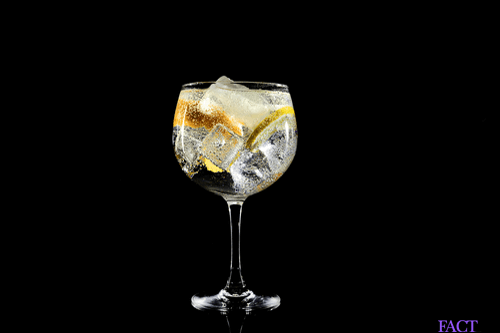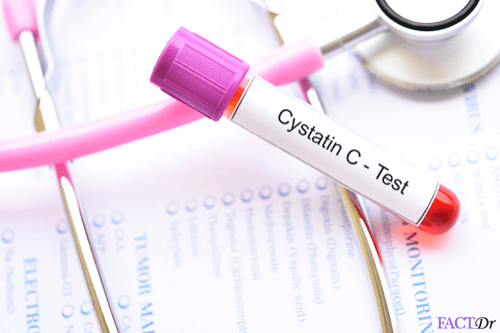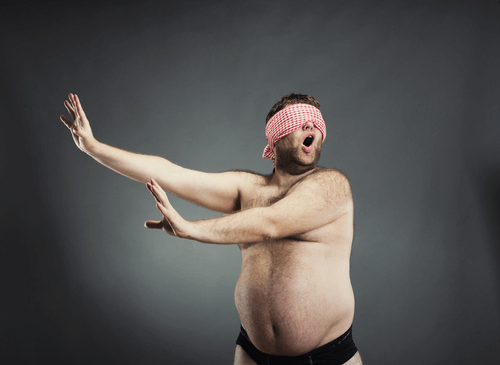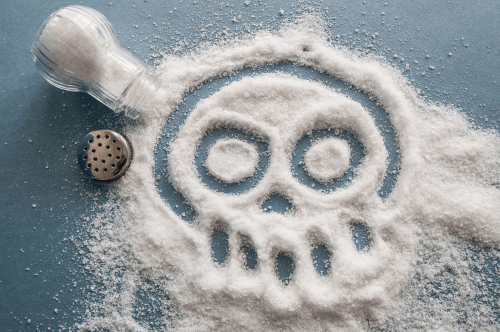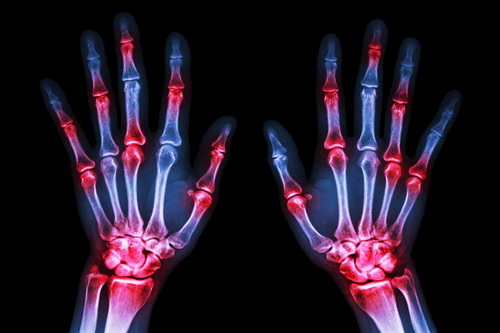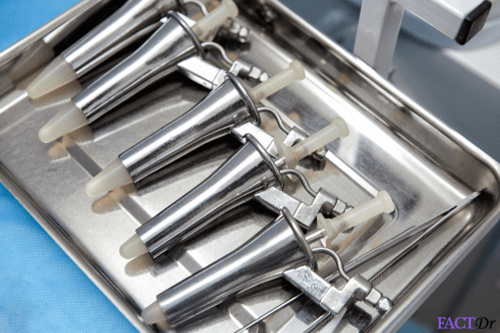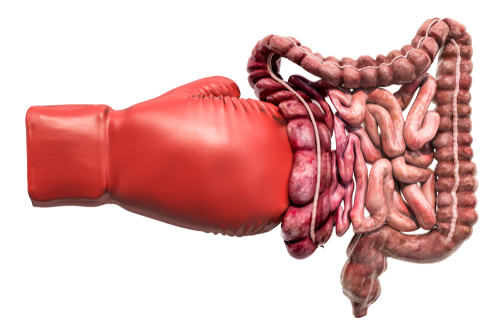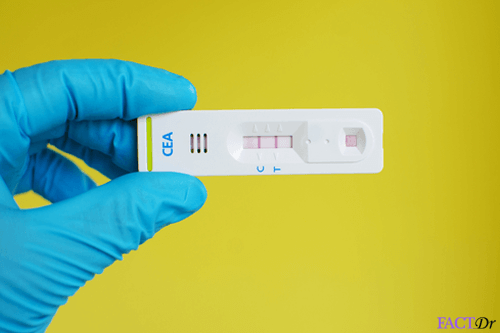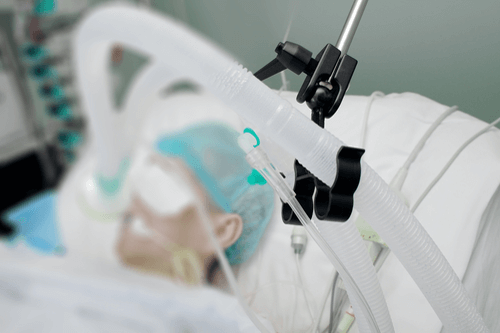Last Updated January 4th, 2022
What is a skull fracture?
A skull fracture is defined as a break or discontinuity in any of the eight cranial bones. It mainly occurs due to sustained injury or blunt force trauma. The bones in the vicinity of the site of impact may also suffer a fracture if the intensity of the trauma is excessive. This may cause the underlying structures such as the blood vessels, the membrane and most important, the brain to get injured badly. An uncomplicated skull fracture may not give rise to severe damages, but it may lead to associated physical or neurological damage in future. If the impact of the blow is significant, it may lead to a concussion, possibly with the loss of consciousness.
Which parts of the skull are impacted?
 The following cranial structures are impacted by a skull fracture-
The following cranial structures are impacted by a skull fracture-
- Frontal bone (thin squamous layer)
- Parietal bone (thin squamous layer)
- Temporal bone
- Occipital bone
- Sphenoid sinus and wings
- Ethmoid bone
- Lamina externa
- Foramen magnum
- Petrous temporal ridge
- Diploe
- Glabella
- External occipital protuberance
- Middle cranial fossa
- Anterior cranial fossa (roof of the orbits)
- Posterior cranial fossa (the area between mastoid and dural sinuses)
- Mastoid processes
- Cribriform plate
What are the main causes of skull fracture?
The common causes of skull fracture are as follows-
- Accidental injuries (car or bike accidents)
- Mechanical trauma
- Blow to the skull or blunt force trauma
- Sports injuries
- Incorrect sports techniques, especially the ones that may affect the head
Different types of skull fractures
- Linear skull fracture: Linear skull fractures are the breaks or discontinuities in the bone that extend from the outer to the inner table of the skull and cover almost the entire thickness of the skull. These fractures are almost straight and hence the name linear. Bone displacements do not take place in this case. The linear fractures usually arise from blunt force trauma, wherein the impact energy is transmitted over a wide area of the skull.
Linear skull fractures are usually uncomplicated. In those cases where the venous sinus groove or the vascular channel is involved, the linear fractures are serious and need medical intervention. These conditions may lead to certain associated complications like diastasis, epidural hematoma, and venous sinus thrombosis. In very small children, the skull fracture may grow, especially if it takes place in the parietal bone.
- Depressed skull fracture: This type of fracture also results from blunt force trauma, such as getting struck in the head by an object. These are basically comminuted fractures wherein the broken bone fragments are moved inwards. These types of fractures increase the risks of pressure on the brain or brain hemorrhage. Both these conditions can lead to severe damage to the delicate tissue.
Different types of depressed skull fractures
 Minor depressed skull fractures are uncomplicated. But there is another type of skull fracture which has serious consequences. It is known as compound depressed skull fracture. In this case, there is a laceration over the fracture, that exposes the internal cranial cavity to the outer environment. This consequently increases the possibilities of infection and contamination.The depressed fractures where the dura mater is torn are known as the complex depressed fractures. Surgical interventions are necessary in these cases to lift the bone fragments off the brain.
Minor depressed skull fractures are uncomplicated. But there is another type of skull fracture which has serious consequences. It is known as compound depressed skull fracture. In this case, there is a laceration over the fracture, that exposes the internal cranial cavity to the outer environment. This consequently increases the possibilities of infection and contamination.The depressed fractures where the dura mater is torn are known as the complex depressed fractures. Surgical interventions are necessary in these cases to lift the bone fragments off the brain.
- Diastatic skull fractures: In these cases, widening of the sutures of the skull occurs after one or more sutures of the skull get impacted by the progressing fracture line. In adults, a diastatic fracture severely affects the lambdoidal suture. This happens because this suture does not completely close or fuse in the adults before the age of 60.
- Basilar skull fracture: These are found on the floor of the cranial vault, that is, the skull base. This is caused by a greater force than the remaining parts of the neurocranium. The characteristic features of basilar skull fracture are – blood in the sinuses, leakage of cerebrospinal fluid (CSF) from the nose (rhinorrhea) or from the ears (otorrhea), periorbital ecchymosis (bruising of the orbits of the eye)
- Growing skull fracture: It is also known as a Leptomeningeal cyst or Craniocerebral erosion. It is typically observed in older children in the atypical regions of the skull such as the basioccipital region and is often associated with other types of skull fractures. It is called growing fracture because a diastatic enlargement of the fracture can be seen.
- Cranial burst skull fracture: It is a closed diastatic skull fracture normally observed in children less than a year old. It is characterized by a diastatic skull fracture with cerebral extrusion beyond the external table of the skull under the scalp.
Compound elevated skull fracture
It is a rare category of skull fracture where the fractured or injured bone is raised above the intact outer table of the skull. The underlying meninges is badly affected in this case.
Diagnosis
The following diagnostic tests can detect the occurrence of skull fracture-
- MRI scan
- CT scan
- Radiography
Treatment & Prevention
 The treatment of skull fractures is quite different from that of other types of fractures. The exact treatment method depends upon a variety of factors such as the extent of the injury, type of skull fracture, age and overall health of the patient. In many cases, the skull heals by itself. The patient is given pain-killer medicines such as Tylenol. If there is an excess leakage of the cerebrospinal fluid from the brain (nasal fracture), a surgery might be required. If the skull fracture is of the depressed category (broken pieces of skull pushed inwards), then surgery is a mandate. It takes a minimum of 6 weeks for the skull to heal on its own.
The treatment of skull fractures is quite different from that of other types of fractures. The exact treatment method depends upon a variety of factors such as the extent of the injury, type of skull fracture, age and overall health of the patient. In many cases, the skull heals by itself. The patient is given pain-killer medicines such as Tylenol. If there is an excess leakage of the cerebrospinal fluid from the brain (nasal fracture), a surgery might be required. If the skull fracture is of the depressed category (broken pieces of skull pushed inwards), then surgery is a mandate. It takes a minimum of 6 weeks for the skull to heal on its own.
Skull injuries and fracture can be largely prevented by wearing protective headgear while riding a bike or playing high impact sports. If working in a place, where the safety of your skull could be compromised (construction site), then it is important to wear a helmet all the time.
- https://medlineplus.gov/headinjuries.html
- https://www.ninds.nih.gov/Disorders/Patient-Caregiver-Education/Hope-Through-Research/Traumatic-Brain-Injury-Hope-Through
- https://bestpractice.bmj.com/topics/en-us/398/history-exam
- https://www.healthdirect.gov.au/head-injury-symptoms
- https://www.cdc.gov/traumaticbraininjury/severe.html
Dos and Don'ts
- Seek immediate medical help if there is bleeding from ears and/or nose after a trauma or injury to head.
- Rush to the hospital if the injured person experiences nausea after a head injury and shows signs of slurred speech and blurred vision.
- Move the injured individual. Wait for medical help to arrive.
- Remove any protruding objects from the site of the injury.
- Administer any drug or medication without the consultation of the doctor.
Help Others Be Fit
Related Conditions
Trending Topics








